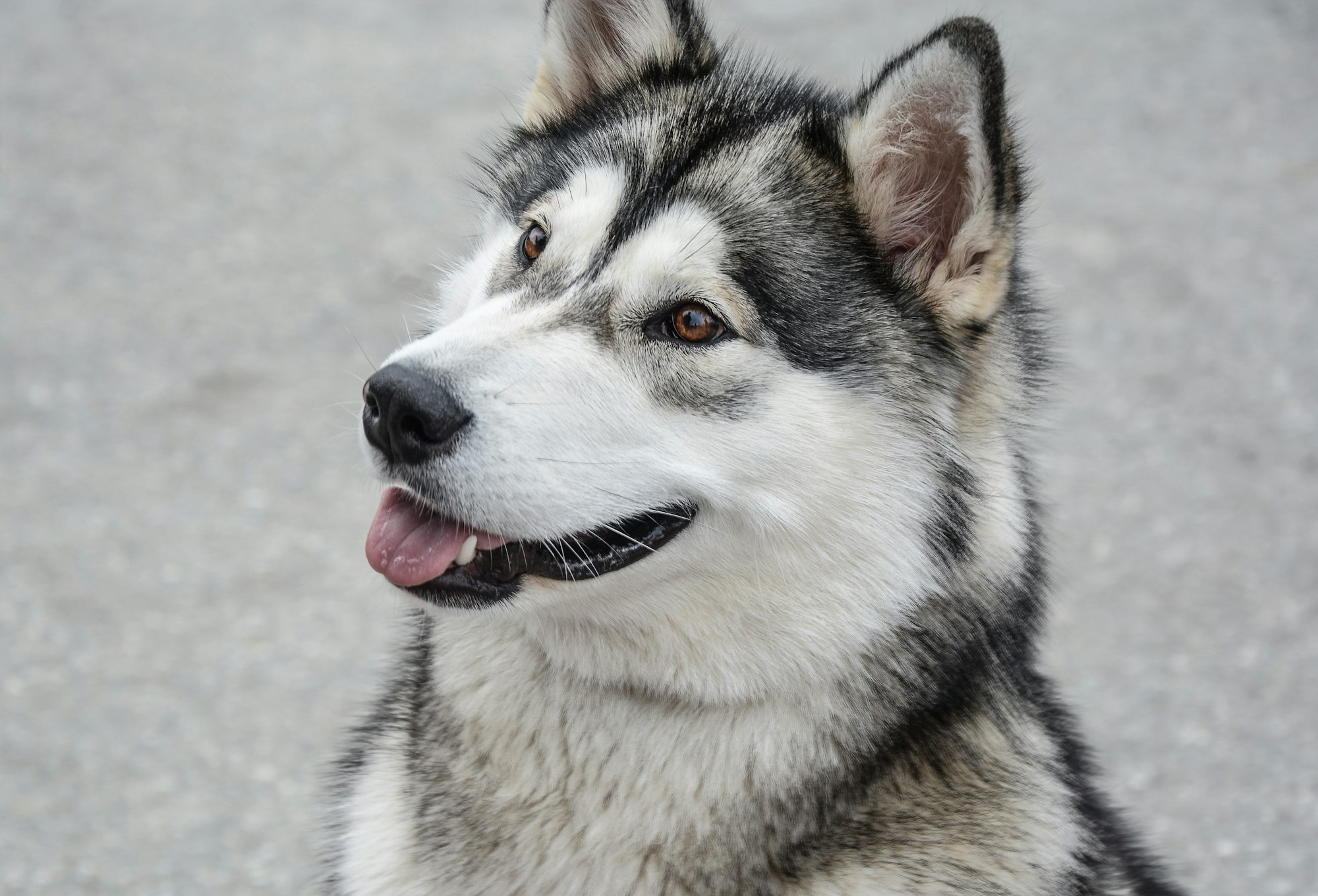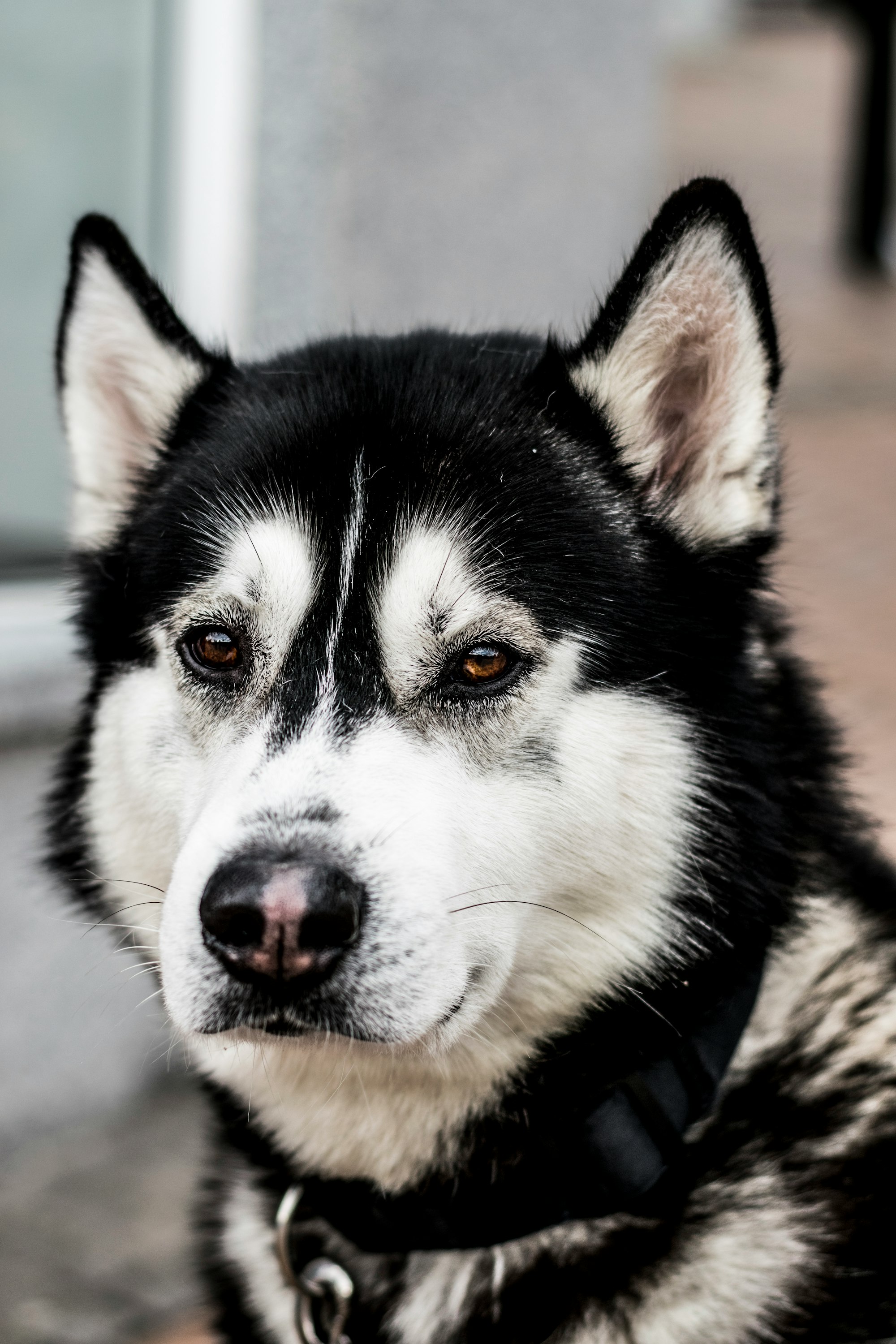Dogs have always held a special place in human society, providing companionship, assistance, and loyalty. But did Native Americans have dogs? The answer is a resounding yes. Native American tribes had a long-standing relationship with dogs, using them for various purposes. In this article, we will explore the fascinating history of dogs among Native Americans and their roles within tribal communities.

Prehistoric Origins of Dogs
The prehistoric origins of dogs can be traced back thousands of years. Dogs are believed to have descended from wolves through a process of domestication. Archaeological evidence suggests that dogs were domesticated as early as 15,000 years ago, making them one of the first animals to be domesticated by humans.
The domestication of dogs occurred when early humans began to form settled communities and engage in agriculture. Wolves, the ancestors of dogs, were attracted to these human settlements due to the availability of food scraps and waste. Over time, some wolves became more tolerant of human presence and eventually formed a mutually beneficial relationship with humans.
As humans began to realize the usefulness of dogs, they selectively bred them for specific traits and purposes. This selective breeding led to the emergence of different happy dog breeds with diverse characteristics and abilities.
Native American Tribes and Their Relationship with Dogs
Native American tribes across North and South America had diverse relationships with dogs. Dogs were valued members of the community, fulfilling various roles and contributing to the daily lives of tribal members. Let's delve into the multifaceted relationship between Native American tribes and dogs.
Dogs as Companions and Helpers
Native Americans viewed dogs as companions, much like members of their own families. Good family dogs provided emotional support, loyalty, and comfort to individuals and households within the tribe. They were highly regarded for their friendly and affectionate nature, fostering strong bonds with their human companions. Beyond companionship, dogs played an active role in assisting Native Americans in their daily activities. They were trained to perform a wide range of tasks, such as guarding the camp, herding livestock, and even aiding in hunting and fishing. Dogs were invaluable helpers, contributing to the overall well-being and functionality of the tribe.
Spiritual Significance of Dogs
Dogs held spiritual significance among many Native American tribes. They were often seen as sacred animals, representing spiritual connections and playing a role in religious ceremonies and rituals. Dogs were believed to possess supernatural abilities, acting as spiritual guides and protectors. Their presence during rituals symbolized guardianship and ensured the tribe's safety from evil spirits.
Tribal Customs and Practices
Each Native American tribe had its own customs and practices concerning dogs. For example, some tribes believed in burying their deceased dogs with proper rituals and ceremonies, highlighting the reverence and respect they held for these animals. Dogs were also given ceremonial names and treated with great care and respect throughout their lives.
Roles and Uses of Dogs among Native Americans

Dogs played vital roles in the lives of Native Americans, serving practical purposes and contributing to the overall well-being of the tribes. Let's delve into the various roles and uses of dogs among Native Americans.
Hunting and Tracking
One of the primary uses of dogs among Native Americans was in hunting and tracking. Dogs were skilled hunters, possessing keen senses and tracking abilities that aided in locating and capturing games. They worked alongside Native American hunters, using their acute sense of smell to track the scent of animals, flush them out of hiding, and assist in retrieving downed prey. The dogs' scent work, agility, and speed made them valuable assets during hunting expeditions, increasing the tribe's chances of a successful hunt and providing a vital source of food.
Transportation and Packing
Dogs also played a significant role in transportation and packing within Native American tribes. They were trained to carry loads, easing the burden on human travelers. Dogs could pull travois, which were sled-like frames used to transport supplies, belongings, and even small children. This method of transportation allowed Native Americans to cover long distances, particularly during their nomadic lifestyles. Dogs were chosen for their strength, endurance, and ability to navigate various terrains, making them invaluable companions for the tribe's journeys.
Protection and Security
Dogs provided protection and security within Native American communities. They were trained as guard dogs, watching over camps, villages, and settlements. Dogs had a keen sense of hearing and would bark to alert the tribe of approaching danger, such as intruders or wild animals. Their presence acted as a deterrent to potential threats and provided a sense of security for the tribe's members, particularly during times of rest or when the tribe was vulnerable.

Companionship and Emotional Support
Beyond their practical uses, dogs served as companions and offered emotional support to Native Americans. They were considered valued members of the tribe and often developed deep bonds with their human companions. Dogs provided companionship, comfort, and a source of affection within the community, particularly during times of solitude or emotional distress. Native Americans recognized the emotional benefits of having dogs as companions, as they provided a sense of connection and helped alleviate feelings of loneliness.
Ceremonial and Spiritual Significance
Dogs held ceremonial and spiritual significance within Native American tribes. They were present in various rituals, symbolizing different aspects of tribal beliefs and practices. Dogs were often associated with concepts such as loyalty, protection, and guardianship. They were believed to possess spiritual qualities and were considered spiritual guides and messengers between the human and spiritual realms. Native American tribes held ceremonies and rituals dedicated to dogs, honoring their contributions and acknowledging their spiritual presence.
Dogs played diverse and integral roles in the lives of Native Americans. They were skilled hunters, reliable transportation companions, and loyal protectors. Dogs provided emotional support, and companionship, and even had ceremonial and spiritual significance within Native American tribes. Their contributions to Native American communities highlight the deep bond between humans and dogs throughout history.
Dog Breeds Associated with Native Americans
Several dog breeds have strong associations with Native Americans, each with its unique traits and contributions to tribal life. Let's explore some of the notable dog breeds associated with Native American tribes.
1. The Alaskan Malamute
The Alaskan Malamute is a breed closely associated with Native American tribes, particularly those in the Arctic regions. These dogs are known for their strength, endurance, and ability to thrive in harsh weather conditions. Native Americans relied on Alaskan Malamutes for transportation and hauling heavy loads across snow-covered terrain. These dogs played a crucial role in sled pulling, helping tribes traverse long distances and transport essential supplies.
2. The Chihuahua
Although commonly associated with Mexico, the Chihuahua breed has ancestral ties to Native American cultures. The breeds of Chihuahua origins can be traced back to the ancient Techichi dogs, which were companion animals for various Native American tribes in the region. These small-sized dogs were cherished for their companionship and watchful nature. Today, Chihuahuas continue to be beloved pets and carry a legacy connected to Native American ancestry.

3. The American Indian Dog
The American Indian Dog is a breed developed to resemble the dogs used by Native Americans throughout history. The breed aims to preserve the characteristics and appearance of the ancestral Native American dogs. American Indian Dogs are known for their versatility and adaptability, making them suitable for various tasks within tribal communities. These dogs are intelligent, agile, and possess a strong work ethic. They continue to serve as companions, helpers, and ambassadors of Native American heritage.
It's important to note that while these breeds are associated with Native Americans, there were variations in the types of dogs across different tribes and regions. Native American tribes often had their specific breeds and types of dogs based on their unique needs and environments.
The Arrival of European Dogs
The arrival of European explorers and settlers in the Americas brought about the introduction of new dog breeds to Native American tribes. European dogs, such as Spaniels, Mastiffs, and Pointers, made their way to the shores of North and South America. The arrival of these European dogs had a significant impact on the existing Native American dog populations.
European dogs brought different traits, characteristics, and purposes compared to the native dog breeds already present among Native Americans. They often had specialized skills in hunting, herding, and guarding, which made them appealing to Native Americans seeking to enhance their dog populations. European dogs also brought new colors, sizes, and coat types, broadening the diversity of dogs found within Native American tribes.
Impact on Native American Dog Populations
The introduction of European dogs had both positive and negative effects on the Native American dog populations. Interactions between European and Native American dogs led to interbreeding and the emergence of hybrid dog breeds. This intermixing had advantages and disadvantages for the tribes.
Advantages:
1. Improved Abilities: Interbreeding with European dogs enhanced certain traits and abilities of the Native American dog breeds. The new hybrid dogs often exhibited increased size, strength, endurance, and specialized skills.
2. Expanded Functions: European dogs introduced new functions to Native American tribes. For example, breeds with herding instincts were useful in managing livestock, while hunting breeds improved tracking and hunting capabilities.

Disadvantages:
1. Loss of Pure Native American Breeds:
The interbreeding with European dogs posed challenges to the preservation of pure Native American dog breeds. Some unique traits and characteristics of the original Native American dogs started to diminish or disappear as a result of hybridization.
2. Disease Vulnerability:
European dogs brought with them diseases to which Native American dogs had no immunity. These diseases, such as canine distemper, hip dysplasia, and parvovirus, had a detrimental impact on the health and survival of the native dog populations.
Despite the changes brought about by the arrival of European dogs, Native Americans continued to value and utilize their own traditional dog breeds alongside the new European breeds. The adaptability and resourcefulness of Native American tribes allowed them to incorporate European dogs into their existing dog populations while still maintaining a connection to their ancestral dog heritage.
Conclusion
Native Americans did indeed have dogs, and these canines played integral roles within their communities. Dogs provided companionship, emotional support, and practical assistance in hunting, transportation, and protection. They held ceremonial and spiritual significance, reflecting the deep spiritual connection between Native Americans and the natural world. The presence of dogs among Native American tribes underscores the enduring bond between humans and canines, a bond that has transcended time and continues to thrive to this day.
Frequently Asked Questions (FAQs)
Q: Did Native Americans have dogs?
Yes, Native Americans had dogs that served various roles within their communities.
Q: What were the roles of dogs among Native Americans?
Dogs played significant roles in hunting, transportation, protection, and companionship, and even had ceremonial and spiritual significance.
Q: How did dogs assist Native American hunters?
Dogs had keen senses and tracking abilities, aiding in tracking and retrieving game during hunting expeditions.
Q: What tasks did dogs perform within Native American tribes?
Dogs served as transportation aids, carrying loads and pulling sled-like frames called travois. They also provided protection, companionship, and emotional support.
Q: Were dogs considered sacred among Native American tribes?
Yes, dogs held ceremonial and spiritual significance and often participated in rituals, symbolizing critical aspects of tribal beliefs.
Q: How did dogs contribute to the overall well-being of Native American communities?
Dogs played integral roles in hunting for food, transporting supplies, protecting the tribe, and providing companionship and emotional support.
Q: Did Native American tribes have specific dog breeds?
Native American tribes had diverse dog breeds, each with its own unique traits and abilities, tailored to the specific needs of the tribe and its environment.
Q: Were dogs regarded as members of the tribe in Native American communities?
Yes, dogs were valued members of the tribe and often developed deep bonds with their human companions. They were considered part of the tribal family.
Q: How did Native Americans view their relationship with dogs?
Native Americans viewed dogs as companions, helpers, and spiritual beings. They recognized their contributions and held a deep respect for the bond between humans and dogs.
Q: Did Native American tribes have rituals or ceremonies dedicated to dogs?
Yes, dogs held ceremonial and spiritual significance among Native American tribes and were often present in rituals and ceremonies as guardians and messengers.